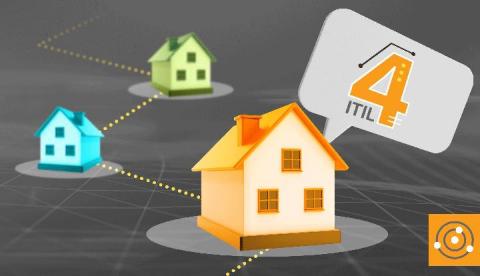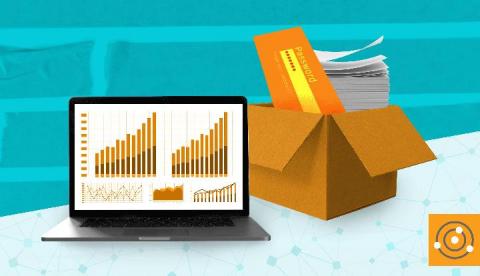COVID-19 Pushes Schools to Their Limit, and the Cloud Shows Its Worth
For educators, students, and parents, the impact of the COVID-19 pandemic on learning has been profound. Thousands of schools across the U.S. closed their doors this spring and made the shift to distance learning. It’s a model many weren’t prepared for. And with schools in full swing and the pandemic continuing, educators, administrators, school staff, and school district boards struggle with the right path forward.











